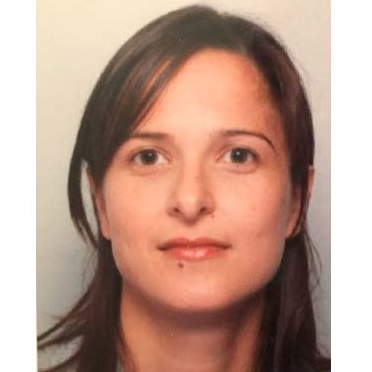Nanomaterials in Biomedicine
A special issue of Nanomaterials (ISSN 2079-4991). This special issue belongs to the section "Biology and Medicines".
Deadline for manuscript submissions: closed (31 August 2023) | Viewed by 11366
Special Issue Editor
Interests: synthesis and elaboration of multifunctional nanomaterials; magnetic and optical nanoparticles; surface modification and functionalization; interaction with biomolecules; thermal therapies (photothermia and magnetic hyperthermia); nanomedecine; heavy-metal and polluant extraction; water decontamination; magnetic harvesting; biodegradation
Special Issues, Collections and Topics in MDPI journals
Special Issue Information
Dear Colleagues,
The advent of nanotechnology and especially nanomedicine has opened up new possibilities for diagnosis and treatment of many diseases. Due to their size and surface properties, nanomaterials have the potential to overcome physiological barriers.
In this Special Issue, we are interested in several classes of hybrid nanomaterials (inorganic and organic) for theranostics. The excellent physical and chemical properties of these nanomaterials, as well as their low toxicity, mean that they can be exploited for a wide variety of biomedical applications. Functionalization of these nanomaterials increases their efficacy and specificity. In nanomedecine, this is achieved by binding proteins or other biomolecules to their surface.
Your participation in the present Special Issue on “Nanomaterials in Biomedicine” will allow us to explore the latest advances in the field. This Special Issue will cover the elaboration of hybrid nanomaterials for biomedical application.
Dr. Miryana Hémadi
Guest Editor
Manuscript Submission Information
Manuscripts should be submitted online at www.mdpi.com by registering and logging in to this website. Once you are registered, click here to go to the submission form. Manuscripts can be submitted until the deadline. All submissions that pass pre-check are peer-reviewed. Accepted papers will be published continuously in the journal (as soon as accepted) and will be listed together on the special issue website. Research articles, review articles as well as short communications are invited. For planned papers, a title and short abstract (about 250 words) can be sent to the Editorial Office for assessment.
Submitted manuscripts should not have been published previously, nor be under consideration for publication elsewhere (except conference proceedings papers). All manuscripts are thoroughly refereed through a single-blind peer-review process. A guide for authors and other relevant information for submission of manuscripts is available on the Instructions for Authors page. Nanomaterials is an international peer-reviewed open access semimonthly journal published by MDPI.
Please visit the Instructions for Authors page before submitting a manuscript. The Article Processing Charge (APC) for publication in this open access journal is 2400 CHF (Swiss Francs). Submitted papers should be well formatted and use good English. Authors may use MDPI's English editing service prior to publication or during author revisions.
Keywords
- inorganic and organic nanoparticles
- synthesis and elaboration of nanomaterials
- functionalization and surface modification
- thermal therapies
- bioimaging, biosensors
- biomedical applications
- nanobiotechnology
- cancer diseases
- bacterial infections
- biofilm
Benefits of Publishing in a Special Issue
- Ease of navigation: Grouping papers by topic helps scholars navigate broad scope journals more efficiently.
- Greater discoverability: Special Issues support the reach and impact of scientific research. Articles in Special Issues are more discoverable and cited more frequently.
- Expansion of research network: Special Issues facilitate connections among authors, fostering scientific collaborations.
- External promotion: Articles in Special Issues are often promoted through the journal's social media, increasing their visibility.
- Reprint: MDPI Books provides the opportunity to republish successful Special Issues in book format, both online and in print.
Further information on MDPI's Special Issue policies can be found here.






